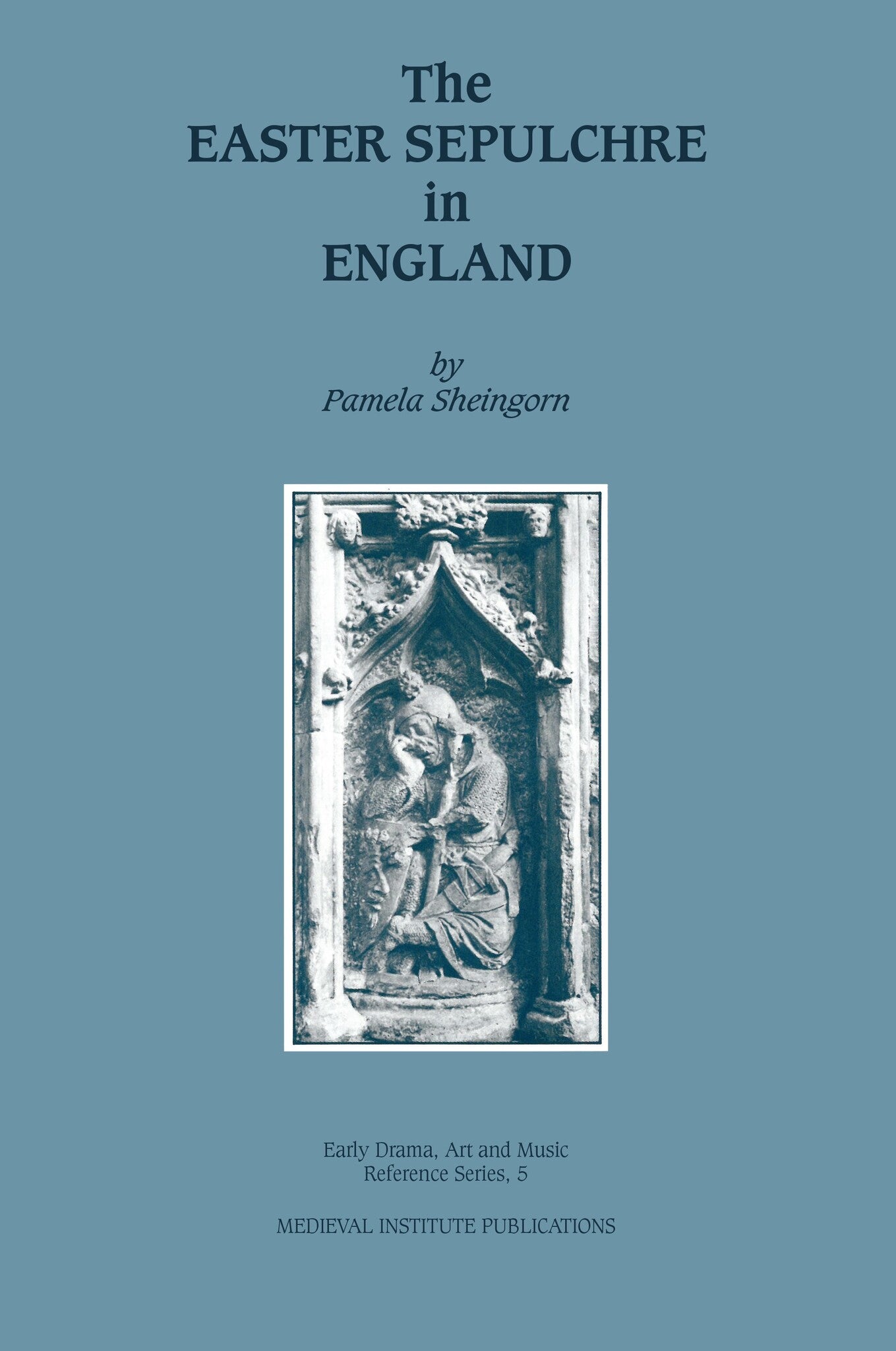We're sorry. An error has occurred
Please cancel or retry.
The Easter Sepulchre in England

Some error occured while loading the Quick View. Please close the Quick View and try reloading the page.
Couldn't load pickup availability
- Format:
-
01 July 1987

The Easter Sepulchre is the English form of a monument known throughout Western Europe in the Middle Ages as the sepulchrum domini, the tomb of the Lord, the monument associated specifically with the commemorative Easter rites. The Easter Sepulchre stood in the place of Christ's tomb in Jerusalem, recreated in hundreds of churches in England for Holy Week and Easter each year.
Pamela Sheingorn’s book discusses this important monument that stands at the intersection of several important aspects of medieval culture: her study impinges upon the fields of drama, liturgy, art history and social history. The volume is organized so as to trace individual threads - the representations of the Holy Sepulchre in art, the development of the commemorative Easter rites, and the form and iconography of the Easter Sepulchre - before describing the pattern that results when they are interwoven.
The book is of critical interest to those studying the Easter sepulchre. It sheds light on the intersections of medieval English developments in art, liturgy, drama and popular religion.

ART / History / General, Christianity, HISTORY / General, RELIGION / Christianity / General, ART / History / Medieval, HISTORY / Europe / Medieval, RELIGION / Christian Rituals & Practice / General, History of art, European history: medieval period, middle ages, Classic and pre-20th century plays




